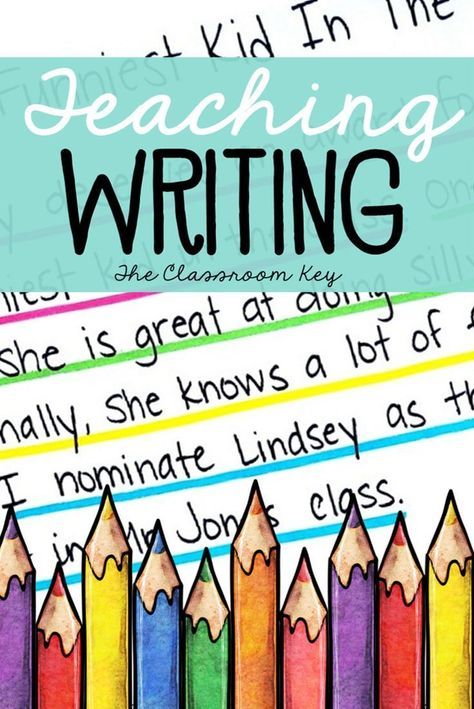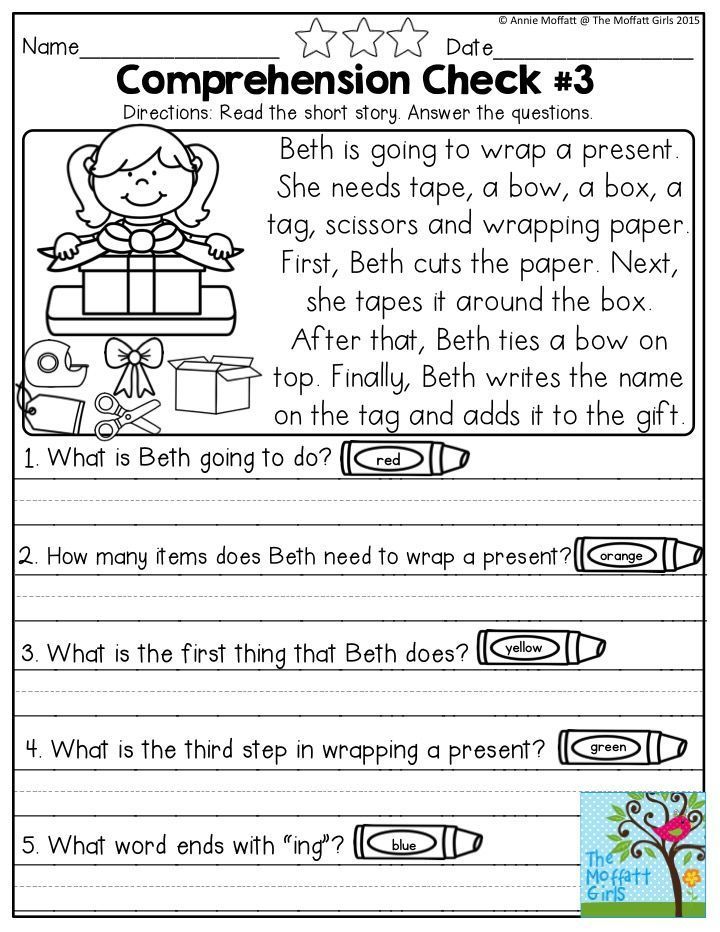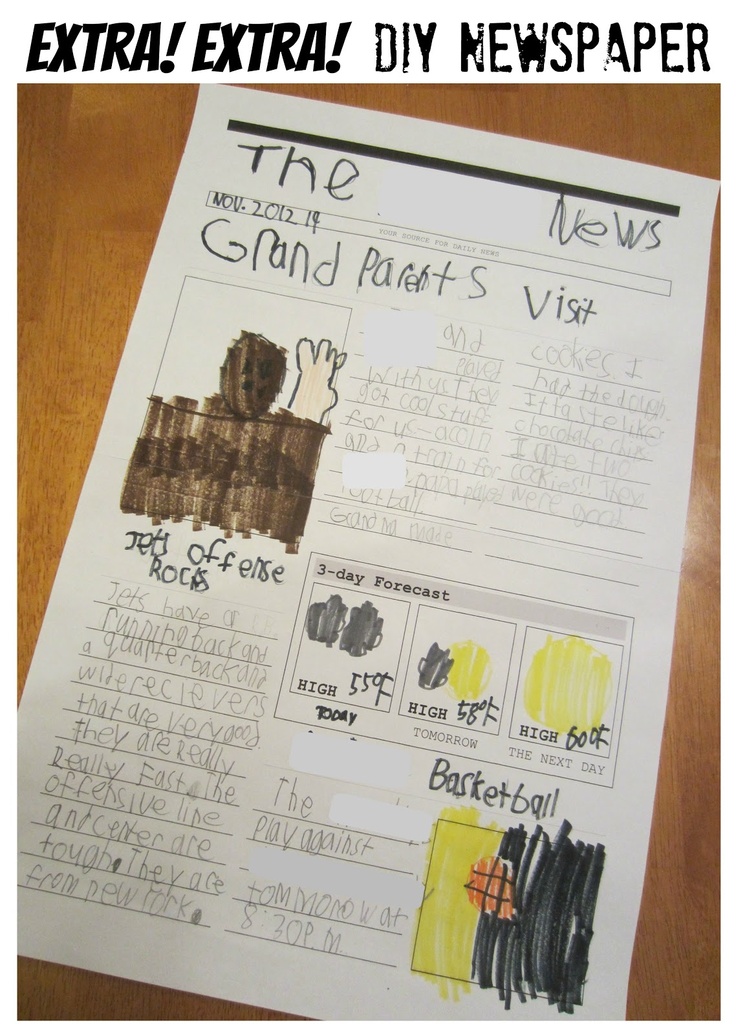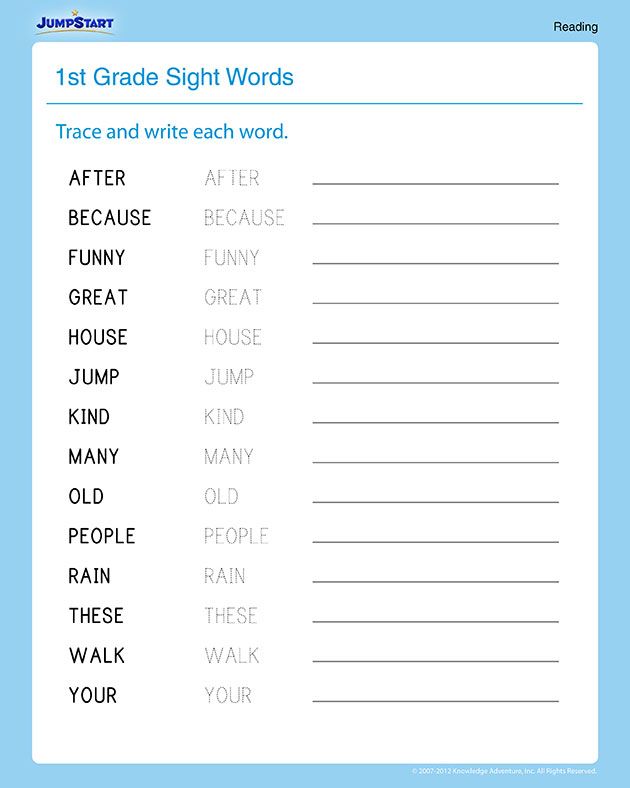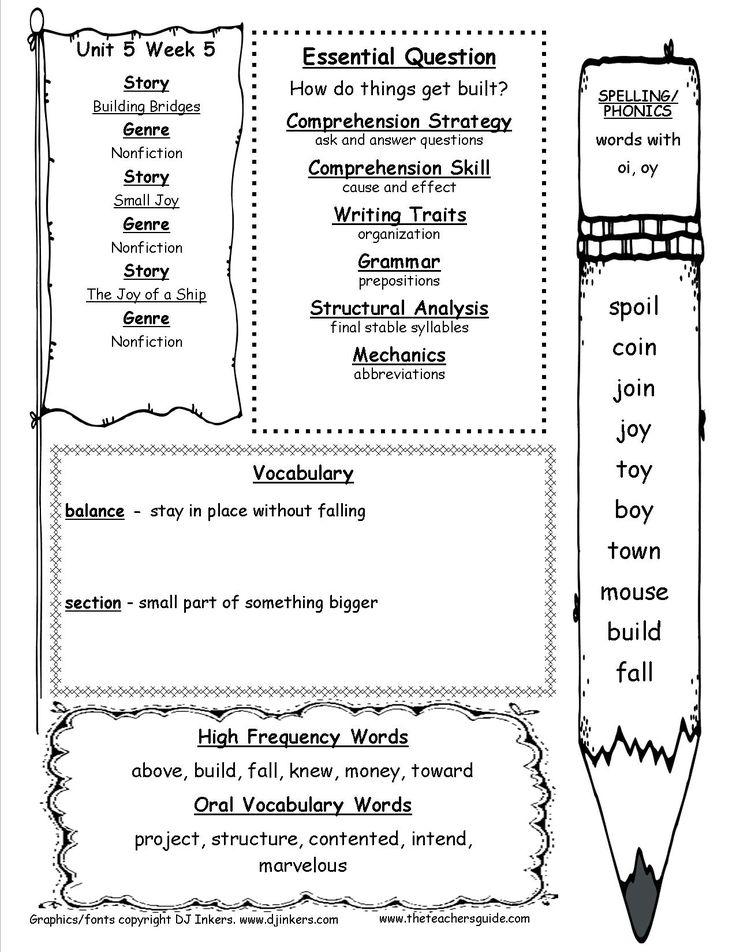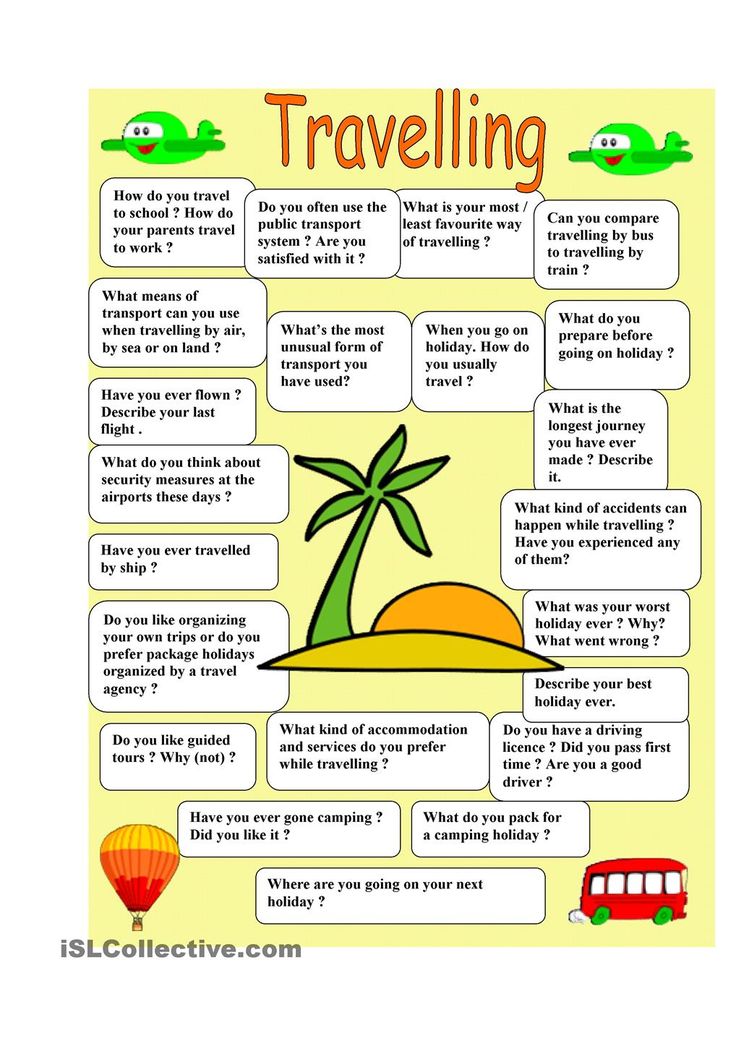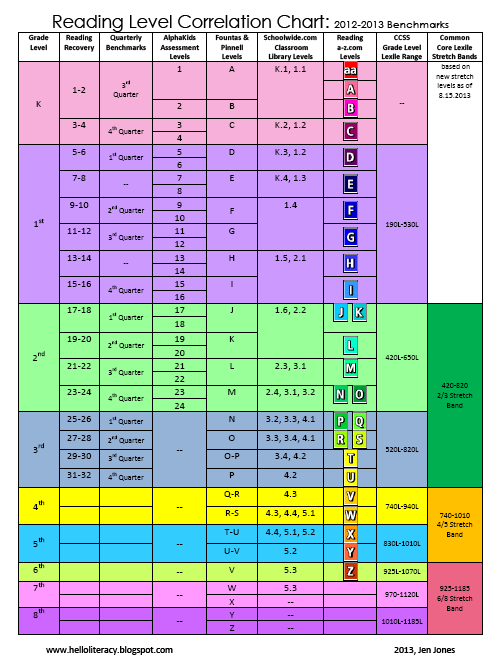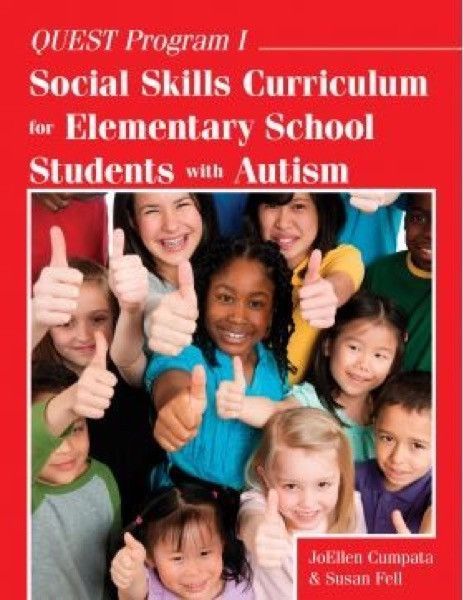Kids writing skill
Helping Young Children Develop Strong Writing Skills
On this page
- Why is writing important?
- What Can You Do?
- Ideas for Parents: How to Help Your Child Become a Stronger Writer
Note: This article was adapted from two articles written by the U.S. Department of Education and was compiled by Colorín Colorado.
Writing is an important part of our daily lives. It is, however, a difficult skill to learn and master. By getting a head start with some simple activities, you can help your child begin to develop her writing skills at an early age. By doing so you will be contributing to her future success as a student and as an adult while teaching her how to express herself.
In this article, we provide some reasons that writing is an important skill for people of all ages, as well as a list of suggestions that will help your child become a stronger writer.
Why is writing important?
Writing is practical.
Every day, we need to write in order to complete our tasks, whether we are filling out a form at the doctor's office or writing an important letter. These tasks require us to write clearly, and organize information effectively.
Writing is an important element of a student's education.
Whether students are writing by hand or on the computer, many assignments and exams require students to write short answers or longer essays as a way of assessing what they have learned. As students get older, they will be expected to show more sophisticated writing skills, and to complete more sophisticated tasks through their writing. In addition, many colleges and universities require students to write essays as part of their admissions application.
Writing can be an important element of an employee's job.
Employees in many kinds of jobs are required to write on a daily basis. Perhaps they are taking phone messages and doing administrative work, or writing research reports and newspaper articles. Whatever the task, their ability to do their job well may depend on their ability to write. Many job applicants also must submit a resumé and a letter of application when applying to a new job.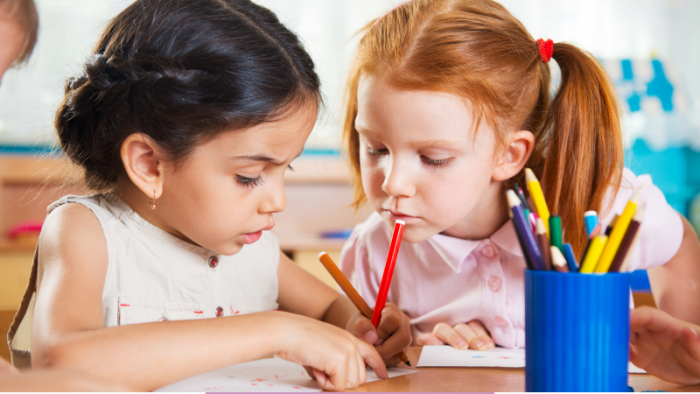
Writing is an important form of communication.
Writing letters and emails is a common way of keeping in touch with our friends, relatives, and professional colleagues. Writing is frequently the final stage in communication when we want to leave no room for doubt, which is why we write and sign contracts, leases, and treaties when we make important decisions.
Writing can be an important outlet.
Many people find writing to be therapeutic, and a helpful way to express feelings that cannot be expressed so easily by speaking.
What Can You Do?
It's important to remember that writing can be as difficult a subject to teach and assess as it is to learn. Many students have trouble writing with clarity, coherence, and organization, and this can discourage them from writing if they feel frustrated.
That's where parent involvement can make a big difference. Encouraging your child to develop strong writing skills at a young age, and to become a better writer as she gets older, can have a lifelong positive impact on her writing, and may make writing an easier and more enjoyable process for her
To get you started, the Department of Education offers a number of ideas of things you can do help your child become a stronger writer. While many of these ideas apply to younger children, they can be adapted for older children as well. To learn more about ways to support your children if they continue to struggle with writing in middle and high school, read Tips for Parents of Struggling Adolescent Writers.
While many of these ideas apply to younger children, they can be adapted for older children as well. To learn more about ways to support your children if they continue to struggle with writing in middle and high school, read Tips for Parents of Struggling Adolescent Writers.
Ideas for Parents: How to Help Your Child Become a Stronger Writer
What You Need
- Pencils, crayons, or markers
- Yarn or ribbon
- Writing paper or notebook
- Cardboard or heavy paper
- Construction paper
- Safety scissors
Before getting started
Provide a place
It's important for your child to have a good place to write, such as a desk or table with a smooth, flat surface. It's also crucial to have good lighting.
Provide the materials
Provide plenty of paper (lined and unlined) and things to write with, including pencils, pens, and crayons.
Brainstorm
Talk with your child as much as possible about her ideas and impressions, and encourage her to describe people and events to you.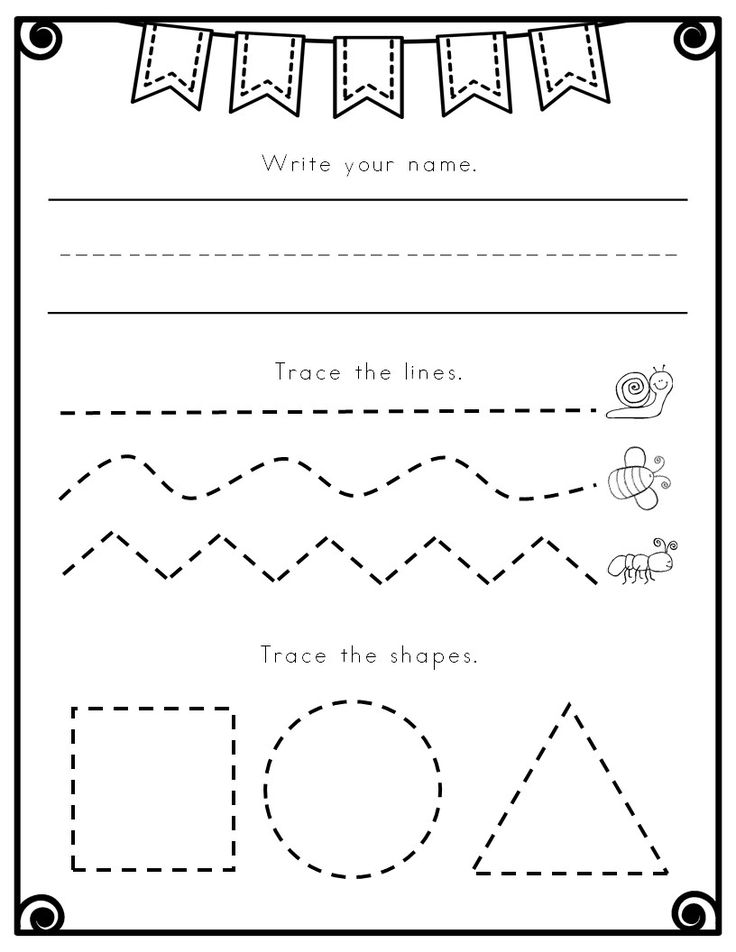
Activities for young children
Encourage the child to draw and to discuss her drawings
Ask your child questions about her drawings such as:
"What is the boy doing?"
"Does the house look like ours?"
"Can you tell a story about this picture?"
Show an interest in, and ask questions about, the things your child says, draws, and may try to write.
Ask your child to tell you simple stories as you write them down
Copy the story as your child tells it, without making changes. Ask her to clarify anything you don't understand.
Encourage your child to write her name
Practice writing her name with her, and point out the letters in her name when you see them in other places (on signs, in stores, etc.). She may start by only writing the first few letters of her name, but soon the rest will follow.
Use games
There are numerous games and puzzles that help children with spelling while increasing their vocabulary.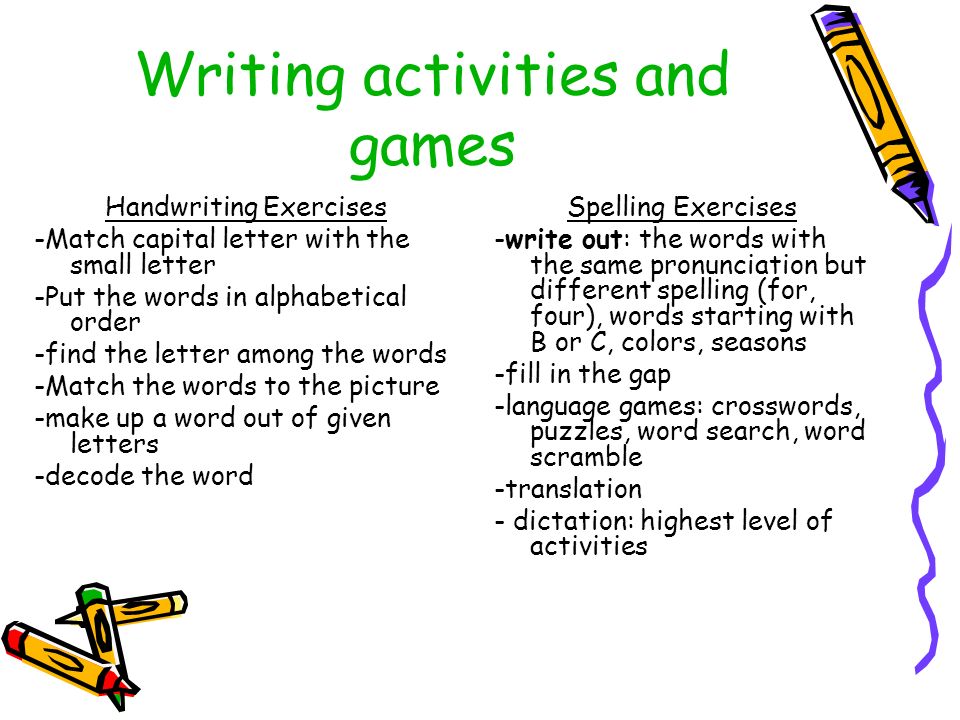 Some of these may include crossword puzzles, word games, anagrams, and cryptograms designed especially for children. Flash cards are fun to use too, and they're easy to make at home.
Some of these may include crossword puzzles, word games, anagrams, and cryptograms designed especially for children. Flash cards are fun to use too, and they're easy to make at home.
Turn your child's writing into books
Paste her drawings and writings on pieces of construction paper. For each book, make a cover out of heavier paper or cardboard, and add special art, a title, and her name as author. Punch holes in the pages and cover, and bind the book together with yarn or ribbon.
Day-to-Day Activities
Make sure your child sees you writing
She will learn about writing by watching you write. Talk with her about your writing so that she begins to understand why writing is important and the many ways it can be used.
Encourage your child to write, even if she's scribbling
Give your child opportunities to practice writing by helping her sign birthday cards, write stories, and make lists.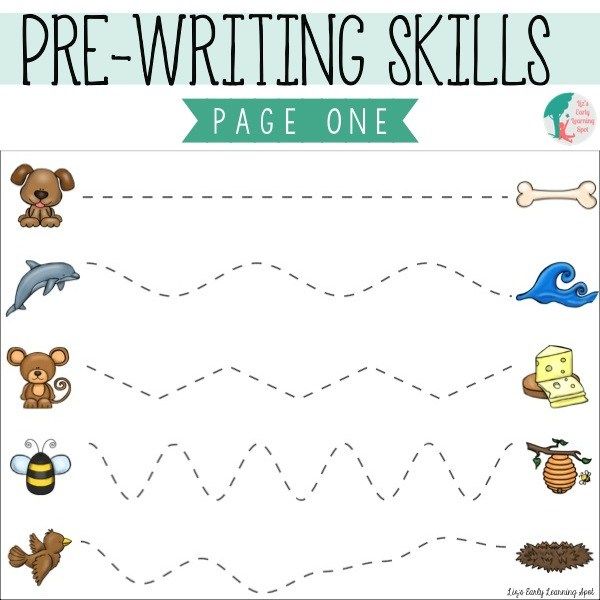
As your child gets older, write together
Have your child help you with the writing you do, including writing letters, shopping lists, and messages.
Suggest note-taking
Encourage your child to take notes on trips or outings, and to describe what she saw. This could include a description of nature walks, a boat ride, a car trip, or other events that lend themselves to note-taking.
Encourage copying
If your child likes a particular song, suggest that she learn the words by writing them down. Also encourage copying favorite poems or quotations from books and plays.
Encourage your child to read her stories out loud
As your child gets older, ask her to share her stories with you. Listen carefully without interrupting, and give her positive feedback about her ideas and her writing!
Hang a family message board in the kitchen
Offer to write notes there for your child.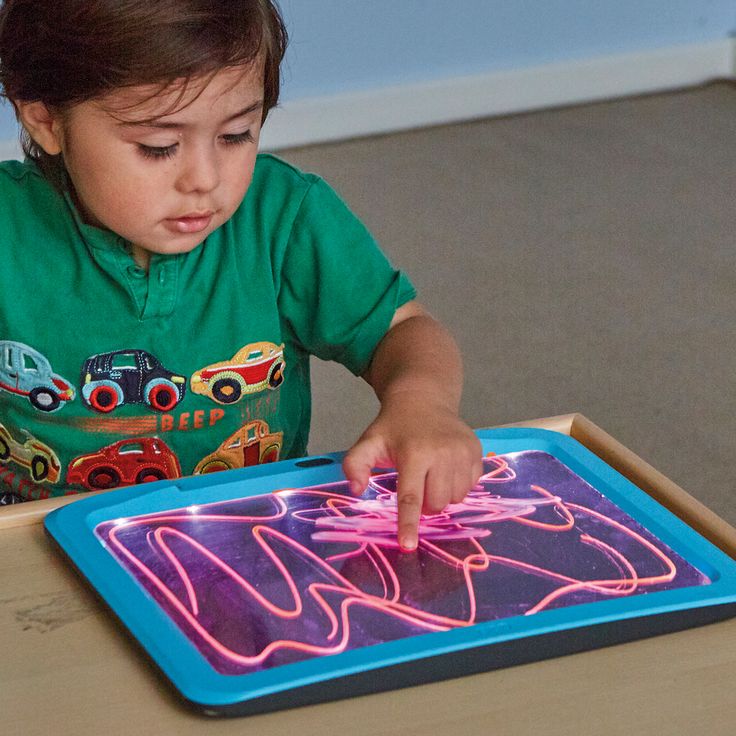 Be sure that she finds notes left there for her.
Be sure that she finds notes left there for her.
Help your child write letters and emails to relatives and friends
These may include thank you notes or just a special note to say hello. Be sure to send your child a letter or card once in awhile too so that she is reminded of how special it is to get a letter in the mail. Consider finding a pen pal for your child.
Encourage keeping a journal
This is excellent writing practice as well as a good outlet for venting feelings. Encourage your child to write about things that happen at home and school, about people she likes or dislikes and why, and about things she wants to remember and do. If she wants to share the journal with you, read the entries and discuss them together.
Things to remember
Allow time
Help your child spend time thinking about a writing project or exercise. Good writers often spend a lot of time thinking, preparing, and researching before starting to write.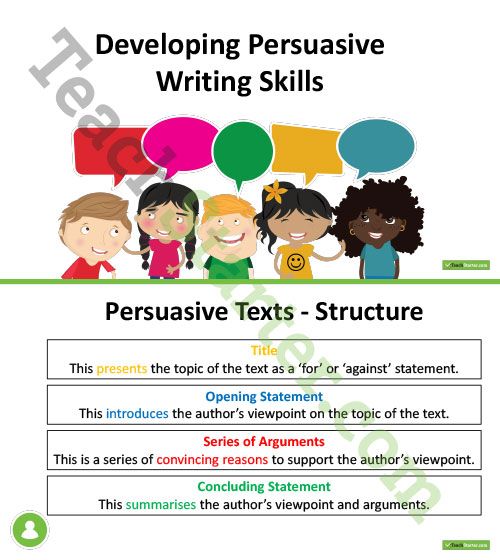 Your child may dawdle, sharpen a pencil, get papers ready, or look up the spelling of a word. Be patient — this may all be part of her preparation.
Your child may dawdle, sharpen a pencil, get papers ready, or look up the spelling of a word. Be patient — this may all be part of her preparation.
Respond to your child's writing
Respond to the ideas your child expresses verbally or in writing. Make it clear that you are interested in what the writing conveys, which means focusing on "what" the child has written rather than "how" it was written. It's usually wise to ignore minor errors, particularly at the stage when your child is just getting ideas together.
Praise your child's writing
Take a positive approach and find good things to say about your child's writing. Is it accurate? Descriptive? Original? Creative? Thoughtful? Interesting?
Avoid writing for your child
Don't write a paper for your child that will be turned in as her work, and don't rewrite your child's work. Meeting a writing deadline, taking responsibility for the finished product, and feeling ownership of it are also important parts of the writing process.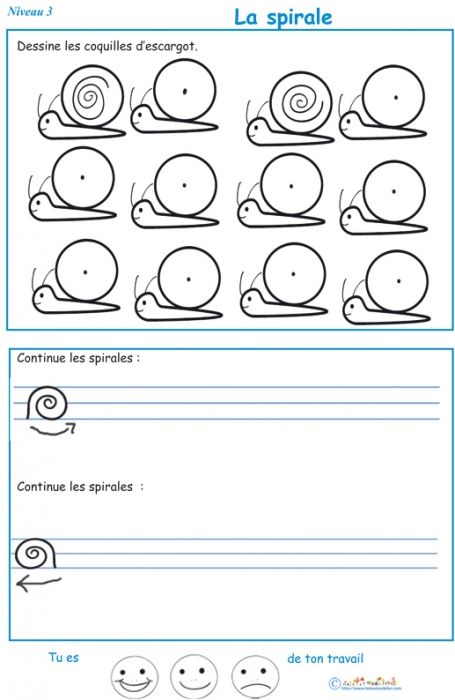
Help your child with her writing as she gets older
Ask your child questions that will help her clarify the details of her stories and assignments as they get longer, and help her organize her thoughts. Talk about the objective of what she is writing.
Provide your child with spelling help when she's ready for it
When your child is just learning how to read and write, she may try different ways to write and spell. Our job is to encourage our children's writing so they will enjoy putting their thoughts and ideas on paper. At first, your child may begin to write words the way that she hears them. For example, she might write "haf" instead of "have", "frn" instead of "friend", and "Frd" instead of "Fred." This actually is a positive step in developing her phonemic awareness. Keep practicing with her, and model the correct spelling of words when you write. As your child gets older and begins to ask more questions about letters and spelling, provide her with the help she needs.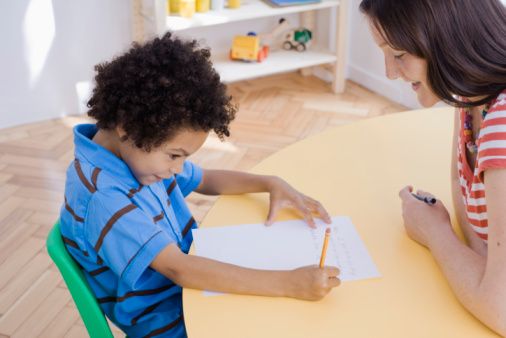
Practice, practice, practice
Writing well takes lots of practice, so make sure your child doesn't get discouraged too easily. It's not easy! Give her plenty of opportunities to practice so that she has the opportunity to improve.
Read together
Reading and writing support each other. The more your child does of each, the better she will be at both. Reading can also stimulate your child to write about her own family or school life. If your child has a particular favorite story or author, ask her why she thinks that story or that person's writing is special.
As you read and write more with your child, you will be building an important foundation, and taking steps that will help your child to become a better reader, writer, and student. Your efforts now will make a difference — and it may be just the difference that your child needs to succeed!
References
U.S. Department of Education. Office of Educational Research and Improvement, Archived Information. "Help Your Child Learn to Write Well." http://www.ed.gov/pubs/parents/Writing/index.html.
"Help Your Child Learn to Write Well." http://www.ed.gov/pubs/parents/Writing/index.html.
U.S. Department of Education. Parent Section: Helping Your Child Become a Reader. "Write On!" http://www.ed.gov/parents/academic/help/reader/part5.html#write.
Reprints
You are welcome to print copies or republish materials for non-commercial use as long as credit is given to Colorín Colorado and the author(s). For commercial use, please contact [email protected].
Major support provided by our founding partner, the American Federation of Teachers, AFL-CIO.
With generous support provided by the National Education Association.
ADVERTISEMENT
Most Popular
Language Objectives: The Key to Effective Content Area Instruction for English Learners
8 Strategies for Building Relationships with ELLs
Supporting ELLs in the Mainstream Classroom: 12 Strategies for Language Instruction
Using Cognates to Develop Comprehension in English
Tweets by @ColorinColorado
How To Improve Writing Skills For Kids: 14 Easy Tips
Writing — it’s an important form of communication and a key part of education. But in today’s technology-driven world, kids aren’t given many opportunities to practise and improve their ability to write. This leaves many parents wondering how to improve their child’s writing skills.
But in today’s technology-driven world, kids aren’t given many opportunities to practise and improve their ability to write. This leaves many parents wondering how to improve their child’s writing skills.
It takes time to develop strong writing skills, and it can be a tough task to accomplish. Thankfully, there are many things that parents can do at home to help improve children’s writing skills.
From fun activities to daily reading and writing sessions, these tips on how to improve kids’ writing skills will help your child build his or her skills in no time.
Improve your child’s communication skills with these simple and fun kids’ writing activities.
14 Activities To Improve Kids’ Writing Skills
-
Read Up
Regular reading is a stepping stone to better writing and helps kids’ strengthen their writing skills. It helps expand children’s vocabulary and shows them different ways of using words. This also makes it easier for them to use these words in their own writing.
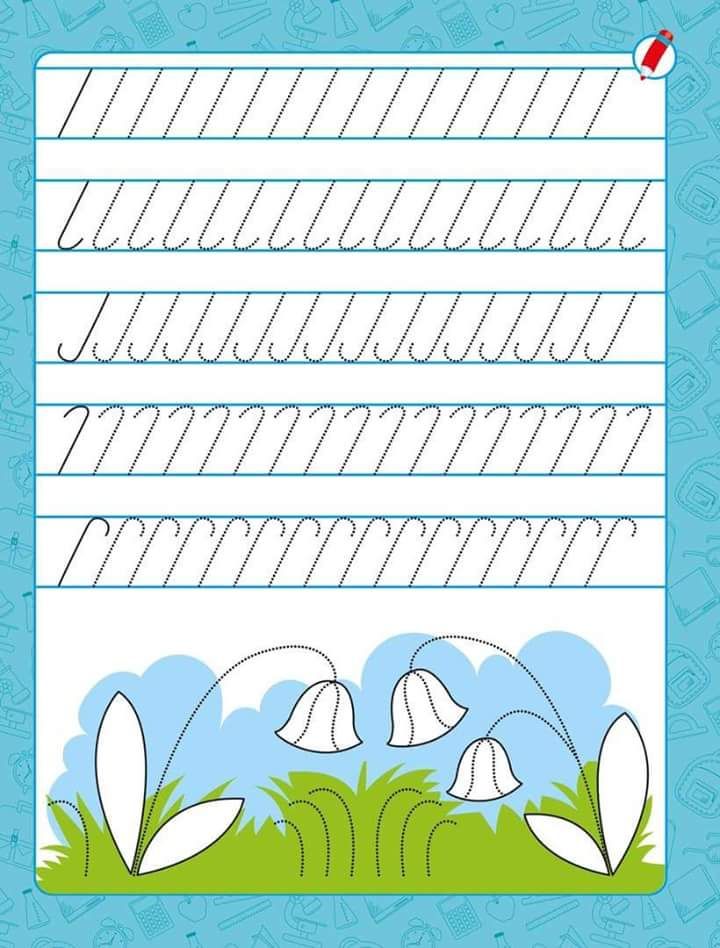
With younger children, make sure you’re reading together every day and encouraging their love of reading as they grow. Start reading early—many children who devour books grow up to become strong writers themselves. Tweet This
-
Make it Fun!
Play games and activities that encourage writing. Crossword puzzles and word games are great for everyone. Little ones will especially like the “write the word” game: where they search for items and write down the word when they find each item.
-
Create Writing Worksheets
For young children just learning to write, try creating a worksheet where they can trace letters and words. Write out letters and words, place another piece of paper on top, and have your child trace onto the blank piece of paper. You can also create a connect-the-dots game by having your child trace along dotted lines and then tell you which letter or word she or he finds.
-
Try Different Materials
Switch it up by writing with something other than a pen or pencil.
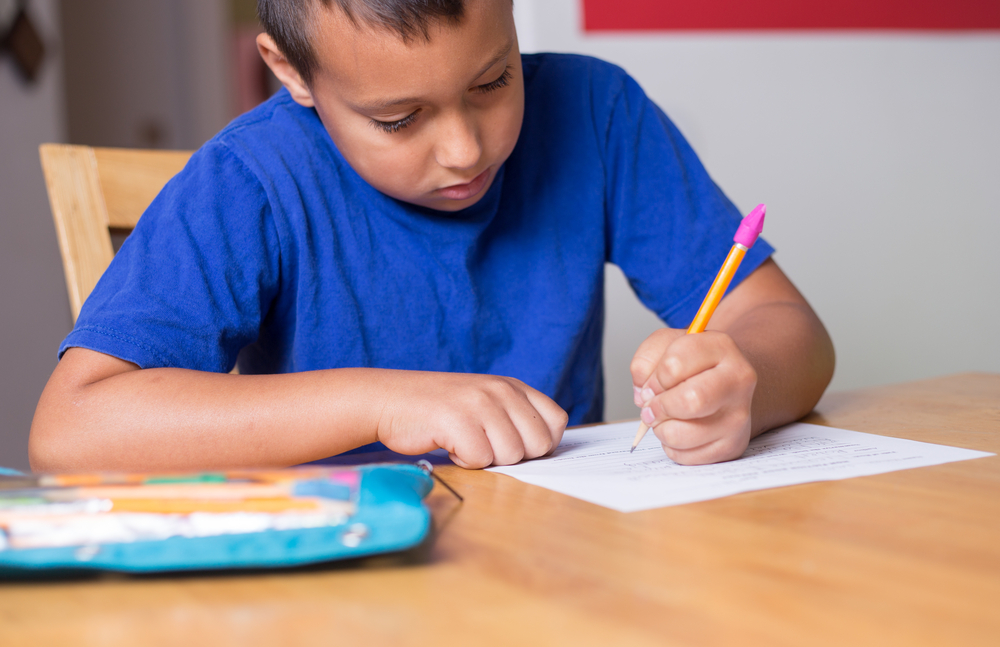 Sidewalk chalk on the driveway, finger painting, or a salt writing tray are all fun writing activities that will also help build kids’ writing skills.
Sidewalk chalk on the driveway, finger painting, or a salt writing tray are all fun writing activities that will also help build kids’ writing skills. -
Write Letters
Today, writing letters is a bit of a lost art. Encourage your child to write letters to friends or family members. Distant family members will especially love receiving handwritten letters and it’s a great way to work on improving writing skills for kids.
Pen-pals are also a fun idea, or you can even write letters to each other and leave them around the house to find!
-
Encourage Journalling
Keeping a journal is a great way to express thoughts and ideas while also working on improving children’s writing skills. Plan an outing to pick a fun journal with your child and encourage them to write in it as much as possible. Make it a part of his or her daily routine.
-
Create a Writing Space
Set aside a little corner in your house that is completely devoted to writing.
 Having an area dedicated solely to writing will help free your child from distractions so he or she can focus on practicing writing skills.
Having an area dedicated solely to writing will help free your child from distractions so he or she can focus on practicing writing skills. -
Invest Time
Make sure your child knows you’re available to help with spelling or proofreading whenever he or she needs it. When you make writing time a priority for you, it will make it easier for your child to improve his or her writing skills.
-
Connect Their Interests
Think about your son or daughter’s favourite book series. Or maybe he or she is obsessed with dinosaurs. Whatever his or her interests, connect them to writing. Have your child write a new short story about his or her favourite characters, or let him or her create a story all about dinosaurs.
-
Create Story Prompts
A fun way to improve kids’ creative writing skills is to have them write short stories.
Cut out pictures from a magazine with different characters or locations, or write down different words.
 Place these in a container or glue them to cards to use as writing prompts for creating a unique story. This also makes a fun activity for the whole family to join in.
Place these in a container or glue them to cards to use as writing prompts for creating a unique story. This also makes a fun activity for the whole family to join in. -
Model It
There’s no better way to learn something than to see someone else doing it. Let your children see you writing, often. When writing is a normal part of your daily life, it will come more naturally to them. Anything goes: a simple grocery list or letter to the teacher, holiday or thank you cards, or even a sweet note to your child.
-
Use Technology to Your Advantage
There’s no getting around the fact that technology plays a huge part in our lives. Use it to your advantage by having your child create a blog. This can help your child work on improving his or her writing skills by encouraging frequent writing habits.
-
Make it Part of Your Daily Routine
Make sure there’s time each day to do some writing in one way or another. Whether it’s writing a grocery list, writing in a journal or composing a letter, practicing writing every day will go a long way to improving kids’ writing skills.
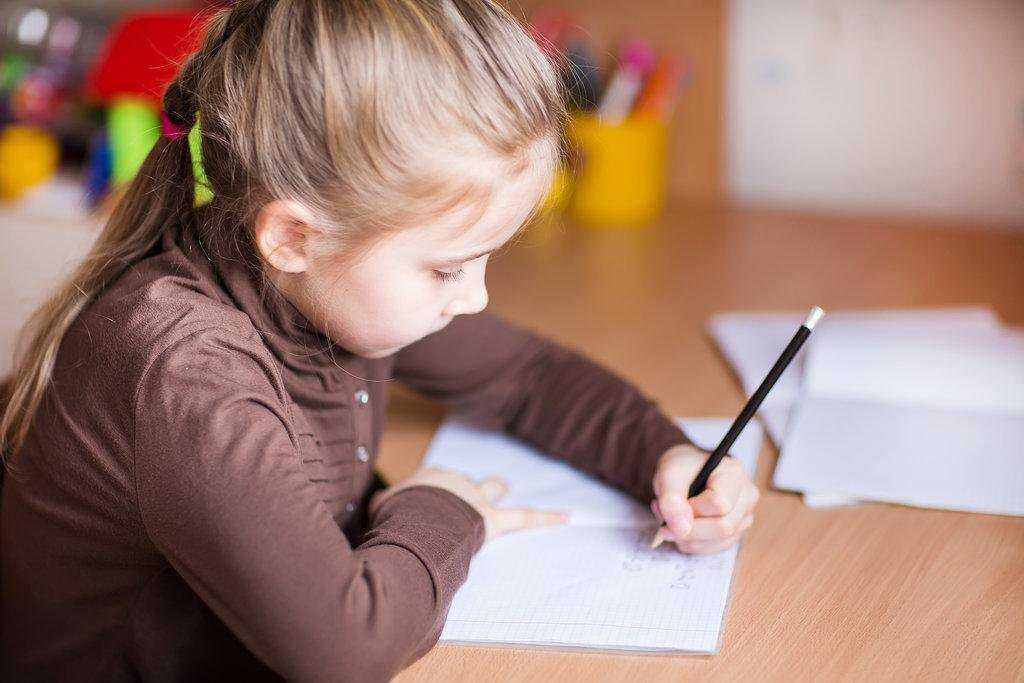
-
Praise Their Work
Show lots of interest in your child’s writing and stories. Ask questions, celebrate when he or she brings home a good piece from school, and encourage his or her writing as much as possible.
Improving Writing Skills Can Be Fun
Writing is an important practical life skill. While developing great writing skills requires lots of time and patience, you can help your child with these simple writing exercises for kids.
Lots of reading, frequent writing time in a special writing area, and incorporating fun writing activities and games will all go a long way to giving writing skills a boost.
Need Extra Help?
If your child needs extra help improving his or her writing skills, Oxford Learning can help. Our English tutoring program helps develop kids’ writing and comprehension skills, from word recognition to paragraph writing. Contact us today!
Related Resources
5 Reasons Writing By Hand Is Good For The Brain
Understanding Literacy & Your Child
5 Ways To Help Kids Learn At Home
How to teach a child to write: advice from a neuropsychologist | Chalk
In the age of the Internet and technology, more and more parents are wondering if their child will need handwriting skills and why this is given such attention in schools. We asked Anna Polishchuk, clinical and perinatal psychologist, child neuropsychologist, author of the educational project "Children Ready for the Future", to talk about the importance of writing and proper preparation for it.
We asked Anna Polishchuk, clinical and perinatal psychologist, child neuropsychologist, author of the educational project "Children Ready for the Future", to talk about the importance of writing and proper preparation for it.
Knowing how to write is really important
Written language is not just the ability to write letters. This is a complex integrative process. When we master writing, almost all areas of the brain work at the same time - and they do it in a coordinated manner, creating a whole functional system.
The visual areas are responsible for reproducing and retaining in the working memory the image of a word and the image of a letter; auditory - for working with a phoneme. That is why, when children first begin to write, they pronounce each word aloud. The motor and deep parts of the brain are responsible for sufficient muscle tone, correct subtle movements, and jewelry switching between positions. And of course, all this is accompanied by an analysis and search for semantically suitable words.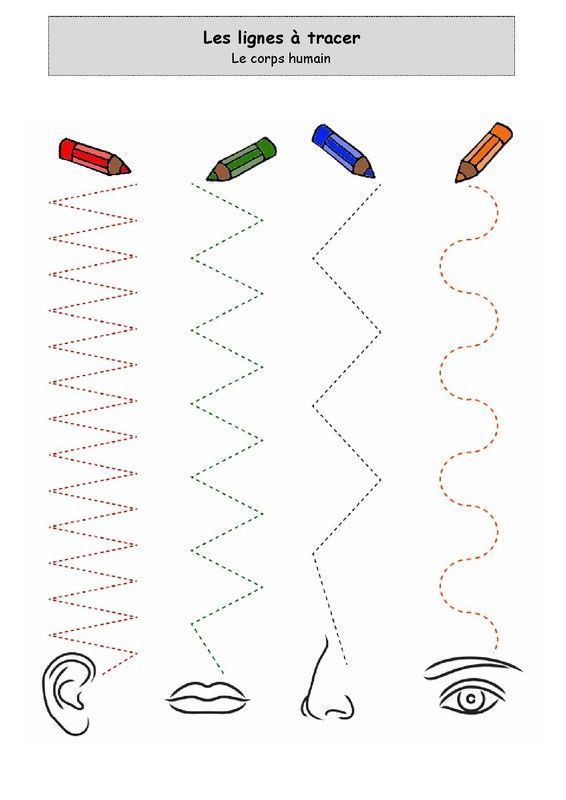
Can you imagine how many tasks a child's brain solves per second when it prints a letter?
We are not just learning to write - we are creating a new functional system, linking all parts of the brain into a single network. The brain changes even morphologically. Try to do old Russian calligraphy - and you will feel how much concentration, tone, and attention it requires.
If schools replace writing with typing on a keyboard, this will certainly facilitate the learning process, but this will affect the cognitive functions of children.
When to start preparing
Beautiful writing largely depends on how ready the child's hand is. We are talking here about the general tone, and about the posture that the child takes for writing, and, of course, about motor skills.
It is rare to find a clumsy child with good handwriting - because problems with gross motor skills drag along and difficulties with fine motor skills.
Photo: Juriah Mosin / Shutterstock Preparing the hand for writing naturally starts at birth: even just playing in the sandbox, the child develops motor skills.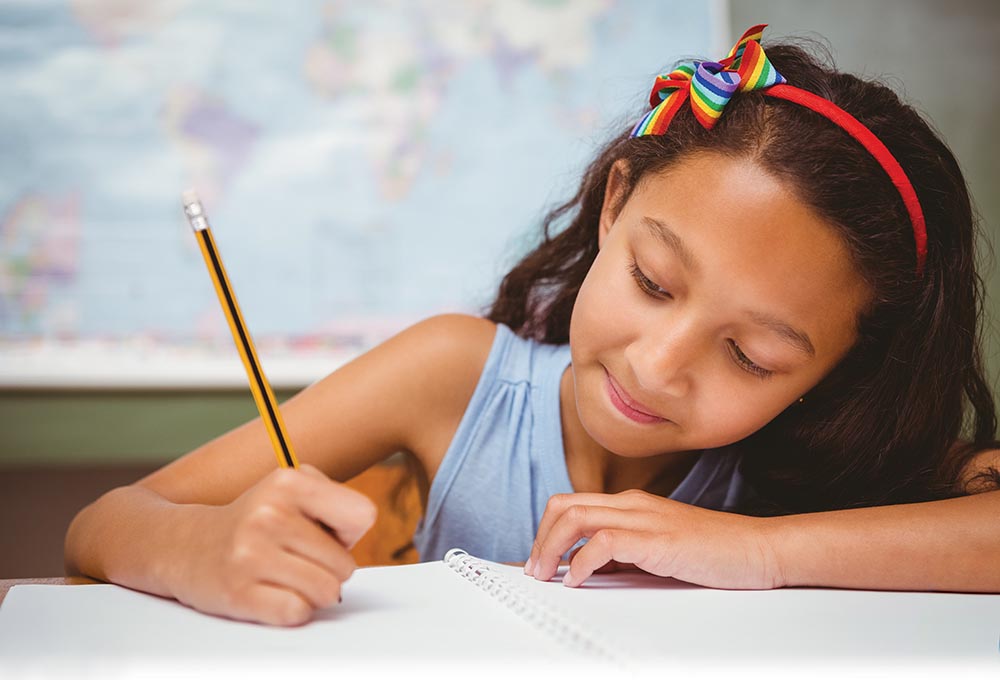 Jumping, jumping rope games, hopscotch, cycling, rope parks contribute to the same goal.
Jumping, jumping rope games, hopscotch, cycling, rope parks contribute to the same goal.
Today, the idea of early - anticipatory - development is popular among parents, but there is simply no point in actively putting a child at prescription before 4–5 years old. By this age, it is enough to be able to hold a pencil correctly.
A child is ready to learn to write if he has the following skills:
- circular brush amplitudes, including the ability to draw wavy lines;
- the ability to draw straight solid lines: first vertical and horizontal, then diagonally;
- the ability to draw broken lines in different directions (hatching).
How to get interested in writing
Writing is a complex integrative function, and in order to generate interest in it, it is important to understand where it starts.
Written speech is always the transmission of information. From a child to an adult. And it starts with a drawing! When a child scribbles, brings sloppy colored pictures to mom, or gives dad scribbled paper, he is trying to share his thoughts.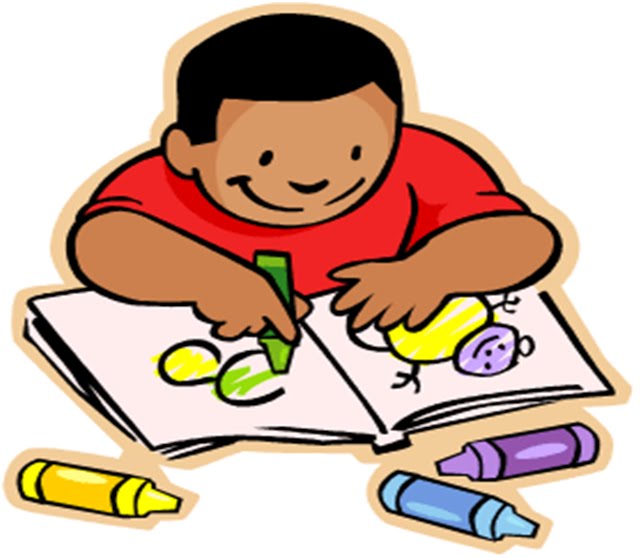 Adults need to encourage this. The child encodes his words in lines and dashes, tries to convey an idea through an image - this is an analogue of the encryption system in a letter: we also encode the meaning in letters.
Adults need to encourage this. The child encodes his words in lines and dashes, tries to convey an idea through an image - this is an analogue of the encryption system in a letter: we also encode the meaning in letters.
It is therefore very important to initiate drawing. Offer pencils, crayons, paints and brushes, try to draw with your fingers, put dots on paper, traces of palms, learn to color, paint over, depict the first "cephalopod" men.
Often today's children do not like to draw because of problems with general tone or its asymmetry. Gadgets, physical inactivity, incorrect posture - all this affects health, it is difficult for children to hold the pressure of a pencil.
Children love to be adults, and this is the whole secret of learning: write yourself!
Leave notes, write stories, read to each other and show vivid emotions when the child repeats after you. Praise for trying. Tell us how you like to receive colorful notes and hang beautiful drawings on the refrigerator.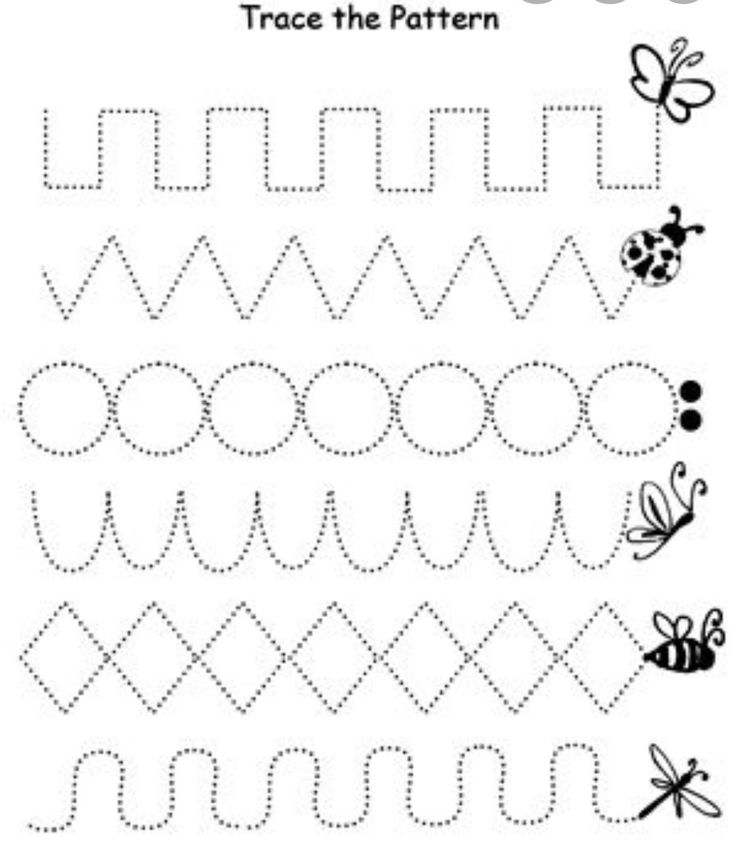
Start a gallery and save all the creations of children! Show that you care about what the child wants to convey to you in this image!
All this is the basis of written speech. The pleasure of drawing gradually turns into the pleasure of writing letters, and then words. If a child does not have such a desire by the age of 5–6, return to the previous levels: draw and make scribble notes.
How can I help my child learn to write?
First of all, in a natural way, through everyday life. Cooking, cleaning, washing - it's all about motor skills.
It would be useful to include drawing, passing mazes, playing with geoboards and mosaics, and graphic dictations in your daily activities.
Photo: sakkmesterke / ShutterstockYou can also use special training aids for orientation on the sheet and in the image of the letter. For example, KUMON notebooks "Spatial Thinking" and "Learning to write block letters of the Russian alphabet."
The latter has several advantages:
- the child learns to write letters from simple to complex;
- different directions and arm amplitudes are trained;
- in each exercise there are landmarks - arrows, with the help of which it is easier to remember the spelling and the vector of hand movement when writing.
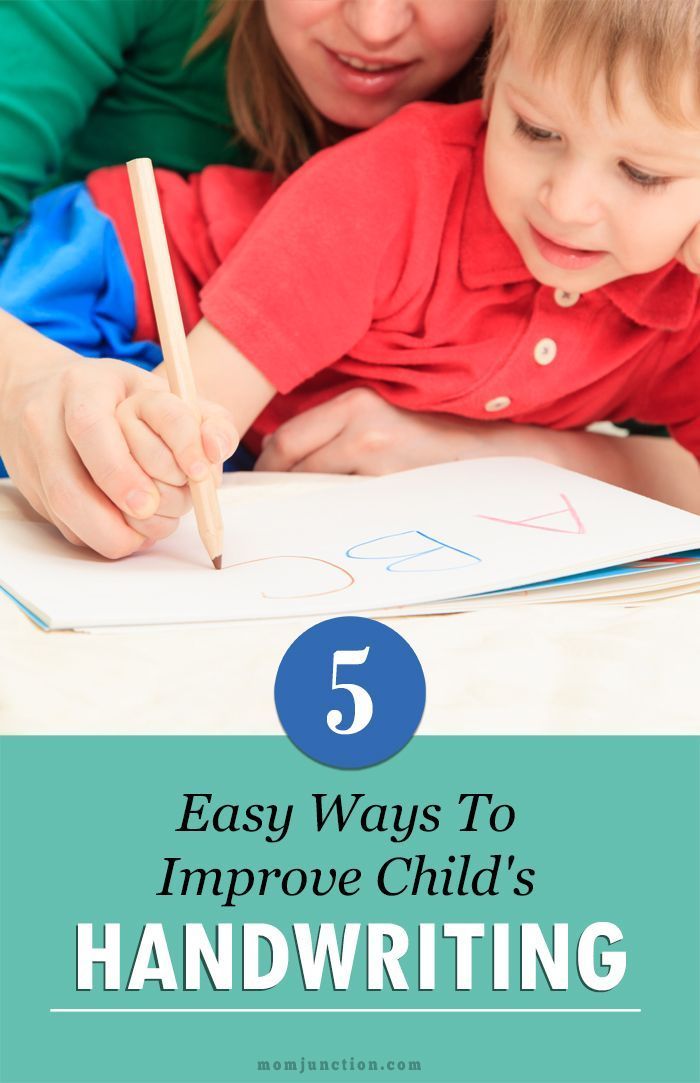 But many teachers at school face this: children write letters in the opposite direction, against gravity, or mirror.
But many teachers at school face this: children write letters in the opposite direction, against gravity, or mirror.
We must not forget an important criterion: such benefits should be offered to a child only when he is already approaching the age of learning to read, that is, closer to 5 years.
Do I need to correct errors
Mirroring letters, writing from right to left are all normal stages of learning. You can gently correct the child, explain how to do it right. The only thing you definitely shouldn’t pay attention to before the first grade is spelling.
If the problems have not gone away naturally by the age of 6.5–7 years, it is worth contacting a neuropsychologist.
And one more thing: if a child tears paper with a pen or pencil while writing, most often this indicates muscle hypertonicity. In this case, it makes sense to consult an orthopedist and try hand trainers and various relaxation techniques.
Cover image: ANDREI_SITURN / Shutterstock
Write or read? | Papmambuk
Grandmothers who torture children with prescriptions usually motivate their behavior in the following way: if he goes to school, it will be easier for him.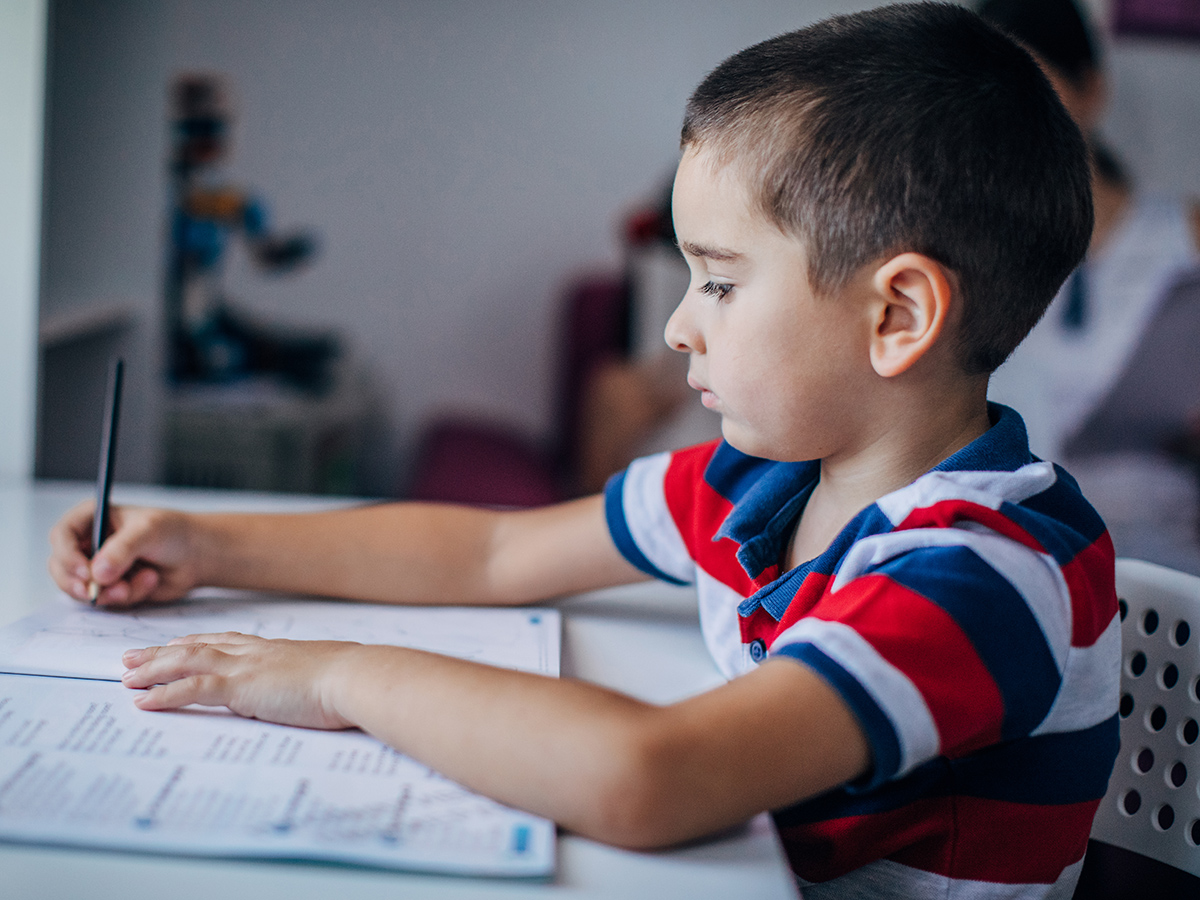 In the meantime, he writes letters, you look, and learn to read.
In the meantime, he writes letters, you look, and learn to read.
The first argument seems dubious: why should it be hard now in order to make it easier later?
But the second argument is justified.
In the traditional school methodology, the so-called "literacy period" includes teaching both reading and writing at the same time.
Such an authoritative teacher as Maria Montessori also believed that writing should precede reading. In her system, teaching a child to write begins at the age of four. Moreover, this letter is “real”, calligraphic. And Maria Montessori, judging by her notes, achieved success along this path. In particular, according to her system, children with mental retardation were taught to write before entering school, which helped them integrate into the general education system of that time.
How was this explained? Writing, unlike reading, is a substantive activity: you put in the effort and the result is visible. This is important for the child.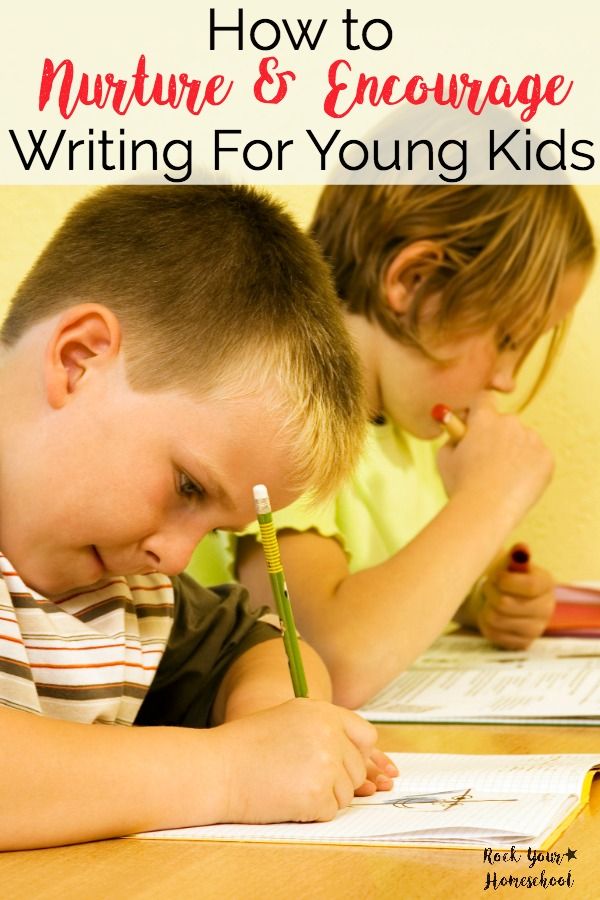 In addition, writing gives the "muscular experience" of the letter. Motor memory is included in the process of sign recognition. And when you write a syllable or a word, you merge the letters and involuntarily pronounce them. Therefore, writing really advances on the path to reading.
In addition, writing gives the "muscular experience" of the letter. Motor memory is included in the process of sign recognition. And when you write a syllable or a word, you merge the letters and involuntarily pronounce them. Therefore, writing really advances on the path to reading.
But there is one very important thing that Maria Montessori did not take into account. Writing is an activity related to drawing. And drawing during the development of the child performs many different functions. A child draws in a completely different way than an adult does. For a child, a drawing is a detailed message about the world around him and about his well-being. This is such a prototype. The classic of Russian psychology, Lev Vygotsky, said so: drawing in childhood precedes writing. But not writing in the sense of the sequential reproduction of letter icons, but in the sense of a written message, an essay.
A child's drawing is a prototype of written speech, a detailed written statement.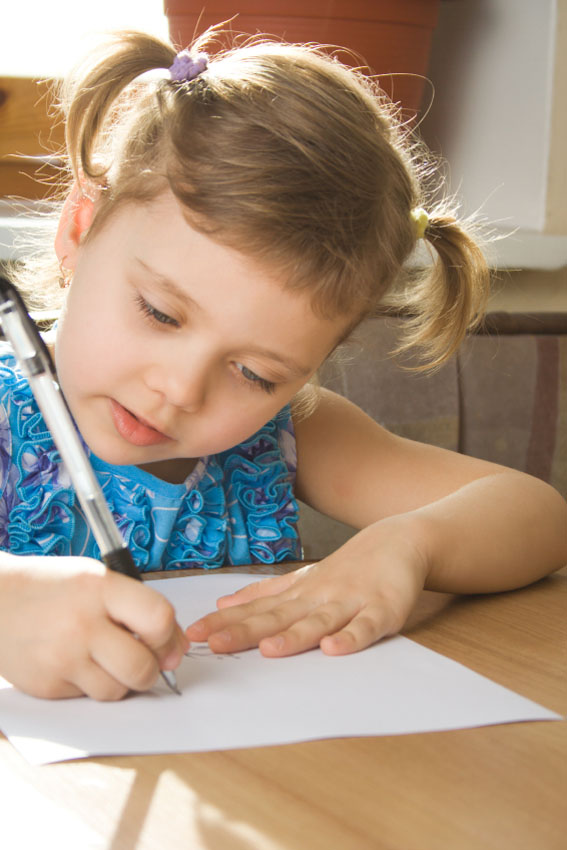 In the drawing, the child masters the properties of the sign: it turns out that everything around can be depicted using special icons. And this message - in the form of icons - will be clear to others. That is why it is so important to ask children about what they have drawn. Of course, the child does not always tell what he has drawn. Often, in the course of the story, he begins to invent something or “sees” in his drawing something that was not there initially. This is fine. Even good. And this is another component of the development of children's imagination. For us now, the main thing is that an independent children's drawing is a prototype of written speech, in which the imagination is very strongly involved and which is emotionally loaded.
In the drawing, the child masters the properties of the sign: it turns out that everything around can be depicted using special icons. And this message - in the form of icons - will be clear to others. That is why it is so important to ask children about what they have drawn. Of course, the child does not always tell what he has drawn. Often, in the course of the story, he begins to invent something or “sees” in his drawing something that was not there initially. This is fine. Even good. And this is another component of the development of children's imagination. For us now, the main thing is that an independent children's drawing is a prototype of written speech, in which the imagination is very strongly involved and which is emotionally loaded.
Writing at preschool age does not have one or the other.
Yes, you can teach your child to write early. Write beautifully and correctly. And if you are Maria Montessori, then your young students will not even irrigate the recipes with tears.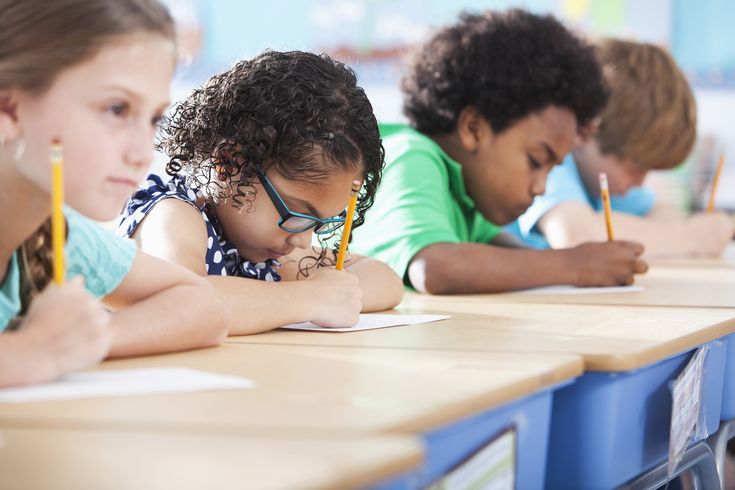 They will even love it. But with all due respect to Montessori, it is impossible to hide the fact that her pupils did not draw. Generally. This was not included in her program. And they didn't listen to fairy tales. Maria Montessori, an advanced woman of her time, was a consistent sensualist who believed that the basis of knowledge is the physiology of sensations. And the main thing in education is to develop these feelings. There is a lot of truth in this.
They will even love it. But with all due respect to Montessori, it is impossible to hide the fact that her pupils did not draw. Generally. This was not included in her program. And they didn't listen to fairy tales. Maria Montessori, an advanced woman of her time, was a consistent sensualist who believed that the basis of knowledge is the physiology of sensations. And the main thing in education is to develop these feelings. There is a lot of truth in this.
But everything that had to do with fantasy and imagination, she considered harmful. Fantasizing, in her opinion, leads the child away from reality, from a real understanding of himself and the environment.
In the 1920s, such thoughts without any connection with Montessori arose among Soviet teachers who professed materialistic philosophy. The so-called "fairy tale debate" that arose at that time called into question the value of many literary works. These ideas proved to be quite tenacious.
But at the beginning of the 21st century, we can say with full confidence that the most important discoveries are made by people with a developed imagination.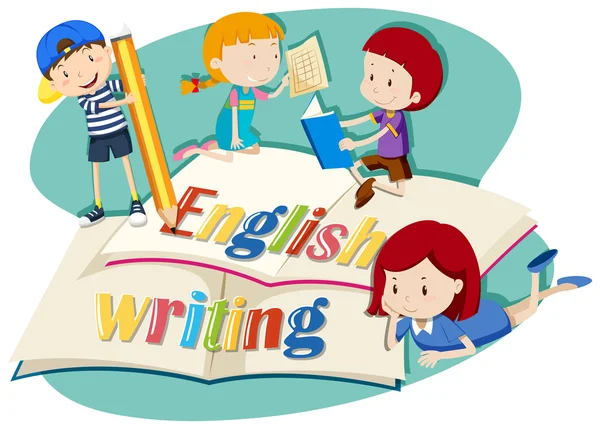 And that in general imagination is a necessary component of thinking. Not only humanitarian, but also mathematical. They say that modern physicists beat all records in terms of the level of development of the imagination.
And that in general imagination is a necessary component of thinking. Not only humanitarian, but also mathematical. They say that modern physicists beat all records in terms of the level of development of the imagination.
So the child's imagination, from the point of view of a child's life prospects, should concern us no less than children's skills related to a possible problem-free existence in the first grade.
And so we must be aware of what drawing is for a child.
Drawing, I repeat, in the course of child development precedes written speech. Developed independent children's drawing is an indicator that the child will be able to express his thoughts in writing.
But, paradoxically, as soon as we begin to teach a child to write, this affects his drawing in the most sad way - simply because these are related activities and drawing is almost inevitably replaced by writing along the way. Many of the children who draw interestingly and abundantly at a young age later lose this ability - if it is not supported by special efforts.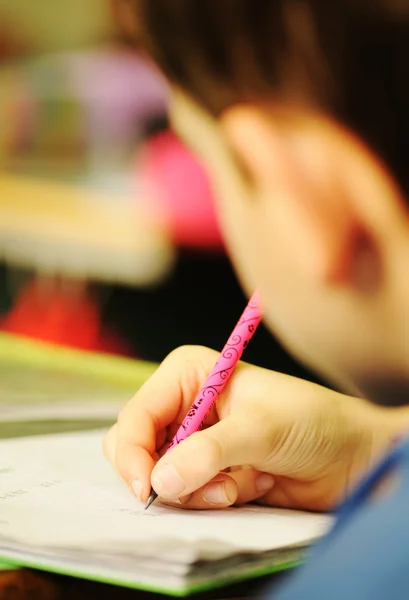 That is, if drawing is not translated into another plane - into the plane of fine art.
That is, if drawing is not translated into another plane - into the plane of fine art.
It is for this reason that I would not advise parents to teach their young children from the recipes.
But!
In addition to capital letters, there is the so-called "picture writing" - when a child depicts letters as he "can". when he draws them.
Picture writing differs from copywriting primarily in that it arises spontaneously: the child suddenly begins to draw letters on his own initiative. And most often these letters appear in children's drawings. They are elements of children's drawings - evidence that writing is born from drawing.
Such attempts by a child to draw letters should be appreciated and supported. They signal that the child has already grown up to perceive the letter as a sign. This is the first sign that it will soon be possible to teach him to read. Moreover, he has already begun self-education. Only learning does not take place at the speed with which we want (and we want it at a speed close to the cosmic one), and not at all according to the system that we set ourselves up for.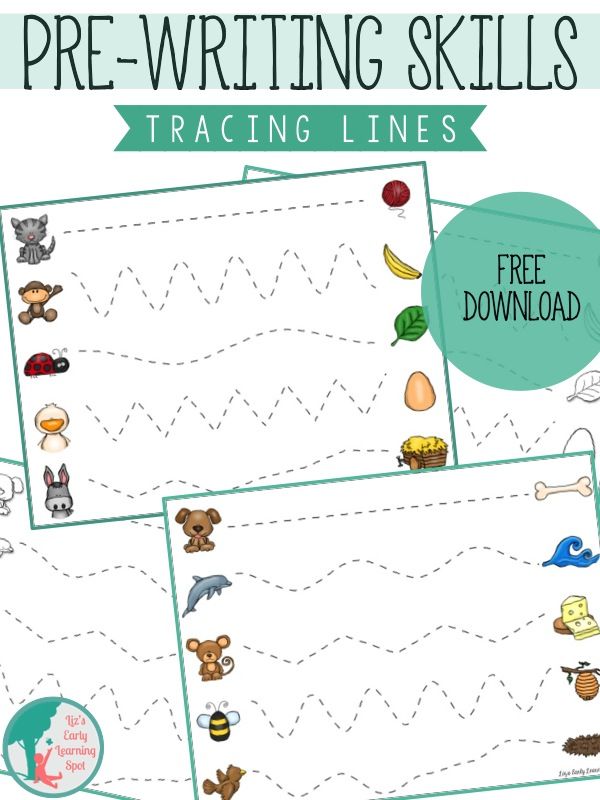 The letter as such, as the message fixed on paper, he has yet to open. And first he discovers the letter as a drawing.
The letter as such, as the message fixed on paper, he has yet to open. And first he discovers the letter as a drawing.
Many parents have probably come across such a phenomenon as imitation of writing: wavy lines, hooks - this is how the child pretends to have written something. And he really wants you to read it. So read on, what do you need? Four year old - read. And be patient to wait until he himself understands that writing is something else.
It is impossible to say how the child will move from drawing letters to reading. More precisely, we can assume some scenarios with more or less active participation of parents. But the main thing is not to rush. The first letter in the picture is just the first sign of spring in learning to read.
When I say "take your time" I only mean the parents. If the request to learn something comes from the child, it must be immediately satisfied - in order to maintain cognitive interest in good shape.
But you remember what happened to five-year-old Frieder from Gudrun Mebs' story “Grandmother! Frieder shouts? Frieder wanted to learn how to write. And the grandmother showed him a sample. And Frieder could not repeat the written word. And terribly upset. Then the wise grandmother suggested that her grandson blind this word.
And the grandmother showed him a sample. And Frieder could not repeat the written word. And terribly upset. Then the wise grandmother suggested that her grandson blind this word.
That is, here you also have to be inventive. And it will be right at this stage - an understandable children's request - to use the experience of mankind. In particular, the experience of the same Maria Montessori. And Montessori, who knew a lot about muscle memory, introduced tracing paper as one of the methods of teaching writing.
I have not seen a single child who would deny himself the pleasure of copying pictures, letters and words. Only, unlike Montessori, we will not insist that the letters be written. This is what the child wants.
In general, I cannot but say that writing letters and the ability to write with a pen already looks somewhat archaic and is perceived as an exclusively school skill, which will no longer be seriously needed after graduation. Therefore, I would generally separate learning to read from learning to write.